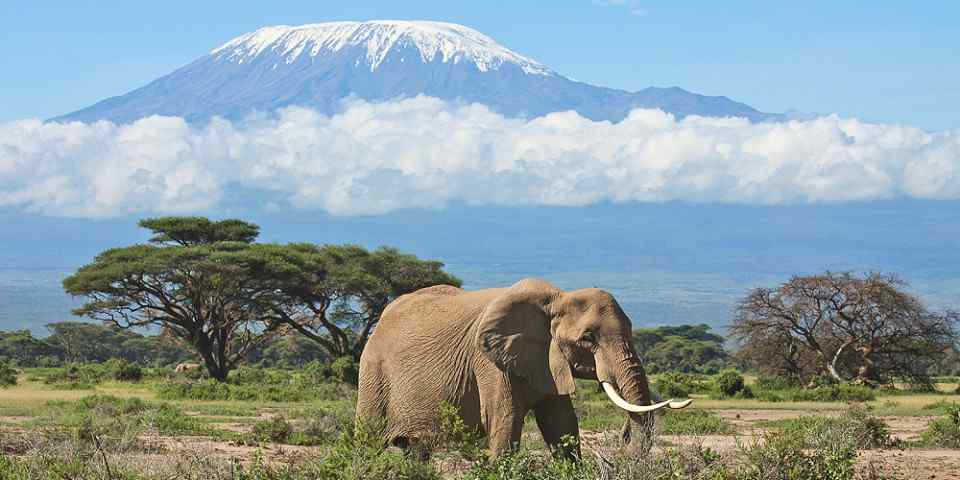Kenya offers excellent wildlife viewing, with the Big Five regularly seen on safari. The Masai Mara National Reserve is best known for hosting the great migration between July or August and October. It’s also one of the best places in Africa to see big cats. White rhinos are easily seen at Lake Nakuru and Nairobi National Parks, and elephants are common in many places, especially Amboseli National Park. Lakes Bogoria and Nakuru, and the lakes of Amboseli, attract flamingos.













Wildebeest Migration
The wildebeest migration ranks among Africa’s greatest wildlife spectacles. About 2.5 million hoofed mammals (mainly wildebeest and zebra, but also Thomson’s gazelle) move throughout the Mara-Serengeti ecosystem. They’re usually present in Kenya sometime between July or August and October. The crossing of the Mara River is the highlight of the migration, although seeing the vast herds filling the savannah to the horizon is to witness nature’s abundance on an unimaginable scale.
Wildlife Highlights
Samburu National Reserve and Meru National Park in the north are home to interesting dry-country species. These include the odd-looking, long-necked gerenuk, while Grevy’s zebra and reticulated giraffe are beautiful variants to more common species found elsewhere in Kenya. Tsavo East and Tsavo West National Parks have the rare fringe-eared oryx, and Laikipia Plateau is also good for northern specials, as well as for both black rhino and white rhino.
Best Time for Wildlife Viewing
Kenya offers outstanding wildlife viewing throughout the year, but the ultimate time is the Dry season (June to October). This corresponds partly with the wildebeest migration in the Masai Mara. The exact timing varies, but the herds are usually present in Kenya from July or August to October, when the animals begin moving back into Tanzania. These months are also high season for tourism. November to April is generally best for birding with migratory species present.











